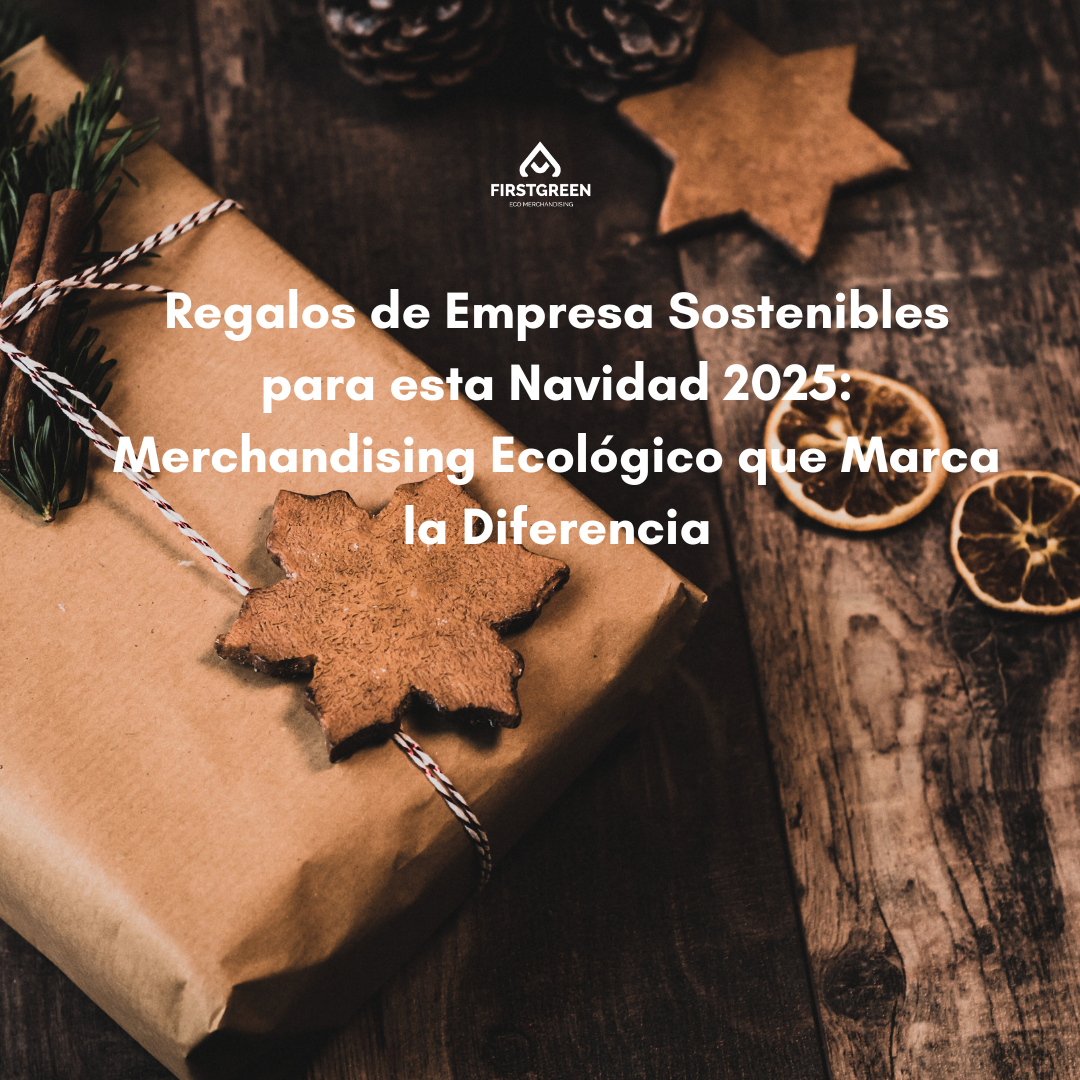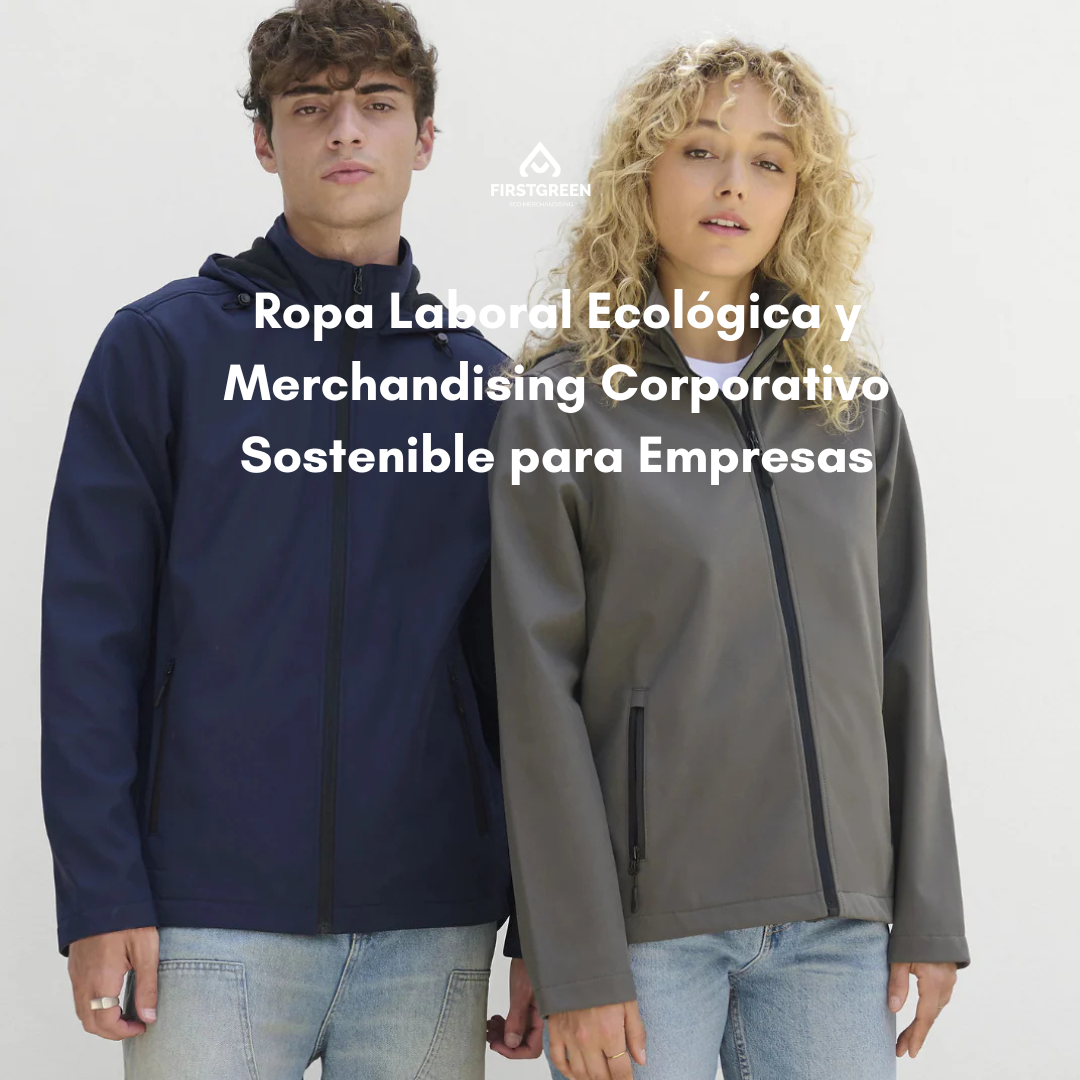Fairs and congresses are not a new invention; there are documented fairs since the 7th and 8th centuries.
Over time, many trades, customs and traditions have disappeared due to modernization, globalization, mechanization and digitalization.
However, what works is repeated, endures and is imitated regardless of the time that passes, maintaining the methodology and purpose that characterizes it.
Origin and evolution of trade fairs
With the expansion of feudalism in the Late Middle Ages, artisans and merchants met annually in places that multiplied outdoors in localities that, either due to the use of merchandise or due to their geographical location, along trade routes, were of great advantage when it came to closing deals. They traveled from any point to take advantage of the human concentration in the markets , sell their merchandise and establish contacts that were beneficial for their businesses.

The ability to hold fairs on specific dates gave rise to commercial cities such as Jaca and Logroño , which were created around the Camino de Santiago, taking advantage of the needs arising from the reception of bourgeoisie and merchants from other places.
Throughout Europe, during the period of growth and expansion, permanent markets , with their covered shops dedicated expressly to the trade and exhibition of goods , alternated with the periodic appearance of markets and fairs.
The success of the first fairs , such as the Champagne Fair -France- , were imitated by other smaller ones that, under the security of counties and kings, guaranteed the validity of measurements and weights to avoid fraud.
Different goals, different fairs
The need to gather for recreational, religious or economic purposes at permanent or temporary fairs has remained intact over time.
Although the purpose of the fair is different, they all have some points in common:
- As for the period of celebration, they can be fixed or temporary.
- They have a clear purpose that may be social, economic or cultural .
- As in their origins, they are established in large enclosures located in strategic locations.
- They are carried out around a specific theme .
- It represents the union of several guilds .
- It may be an event intended for the public or closed to a guild.
Advantages of participating in an event
We understand trade fairs as a showcase for new and potential clients that allow you to expand your network of contacts and strengthen your company's image:
- They concentrate supply and demand in a single place in just a few days.
- The only medium in which it is possible to combine advertising communication, commercial promotion, sales actions, public relations and market research .
- They bring together a targeted, segmented and motivated audience with the products on display, facilitating personal contact between the company and potential or current client.
- They allow the exhibiting company to attract customers outside its sales network , making them crucial tools for small and medium-sized businesses.
- They facilitate the presentation of products , machinery and new technologies.
- They facilitate access to new markets.
Trade fairs and trade shows have long been a priority as a marketing tool for companies due to their volume of use and investment.
Trade Fair Marketing
This is carried out in person at fairs or conferences and is characterized by direct contact between the company and its customers.

The first step to take into account is to set your objectives : What do I hope to achieve with the fair? How many contacts do I hope to make? Do I have sales objectives?
- Choose the type of fair you want to attend
1.- Professional trade shows: events aimed exclusively at professionals in a specific sector that combine commercial exhibitions with technical conferences, and are attended by suppliers, buyers or investors.
The purpose of these events is to stimulate the market, strengthen commercial relations, present new developments and trends and access information about the sector . Access to the fair is usually restricted to professionals in the sector. Examples of these fairs are the Alimentario fair and the Furniture Fair.
2.- Mixed fairs in which the space is shared between the public and professionals. These are usually fairs aimed at mass consumption, such as electronic tourism, sports, etc. The content of their exhibitors boosts commercial activity with parallel recreational activities such as activities, animations, etc., which allow attracting and retaining the general public . Examples of these fairs are SIMO or the Motor Show.
3.- Fairs aimed at the general public , aimed at high-consumption sectors such as leisure, culture, hobbies, etc. of a recreational nature and designed for the enjoyment of visitors.
- Prepare the team that will attend the fair, choose who has the best communication skills and previous experience.
- Keep in mind the buyer who attends the fair.
In professional salons, the reasons for making purchases are rational : cost, advantages, benefits, and efficiency are the points that prevail when making a purchase.
Visitors to trade shows or conferences look for data, images, demonstrations that they can verify They hope to establish long-lasting relationships that will add to future purchases, and trust , to establish themselves as a leader in their sector.
Visitors to open trade fairs are usually dominated by feelings. Emotions influence the consideration of costs, advantages and savings in time and money. They need images and experiences that generate an emotional reaction, personal connection or desire to be part of something.
End consumers base their purchasing decisions on product comparisons or market trends, not on relationships.
What both customers have in common is that they appreciate quality , if a product turns out bad they will always remember it.
- Prepare a stand that encourages customers to come in and that provides new ideas in line with your company's values and style.
- Maximize the impact of your participation through merchandising campaigns, special offers, newsletters.
Advantages of using promotional gifts
Promotional gifts can be a direct driver for converting potential customers into users of your brand, as they carry the logo and are a very important piece of branding and brand positioning.
If you want to choose the right merchandising item for your company, think about ecological products that, together with personalization, will be a good differentiating element for your company.
FIRSTGREEN is the company with which you can establish that lasting connection that the visitor to professional salons is looking for, with useful items that can symbolize that lasting relationship that you intend to establish.
For example, a document holder for PC and tablet , a charging cable or a bamboo gift box with stone cubes shows permanence over time compared to the fragility of ice.

Or so that your company can establish an emotional connection with those buyers who visit fairs open to the public, you can choose from a wide variety of useful gifts for the daily life of users and potential customers.
For example, a practical multi-function charger keychain to carry in your bag, the innovative design of the circular wooden bottle opener to show off to friends, or the useful multi-card holder to personalise with RFID security to stick to your mobile phone and prevent it from falling.

With FIRSTGREEN In addition to items to personalize, you will find the environmental protection values that you seek in your company, since it only works with ecological and sustainable items.
“We cannot change the consumption-based economy, but we can change the resources we use and the way we make our products.”



